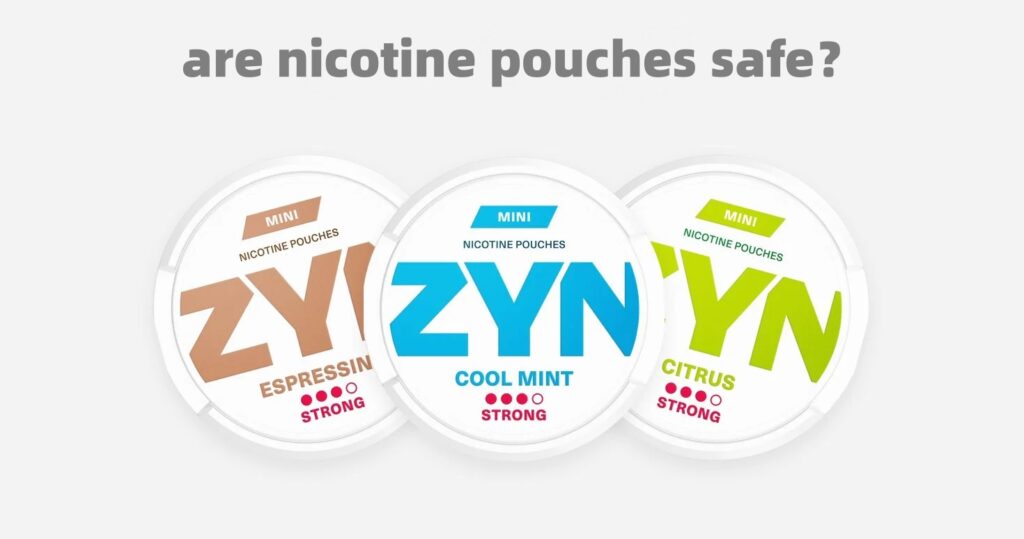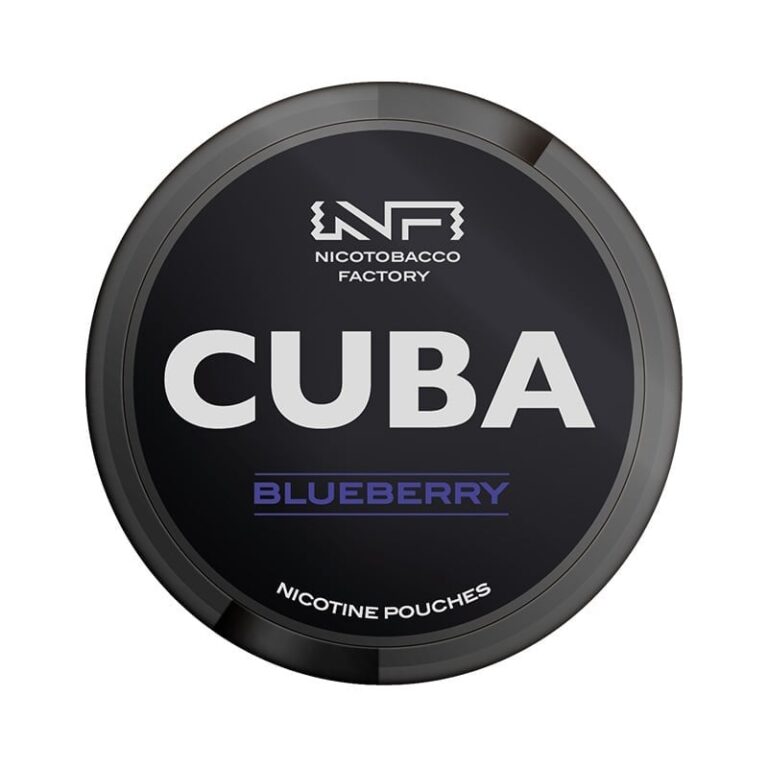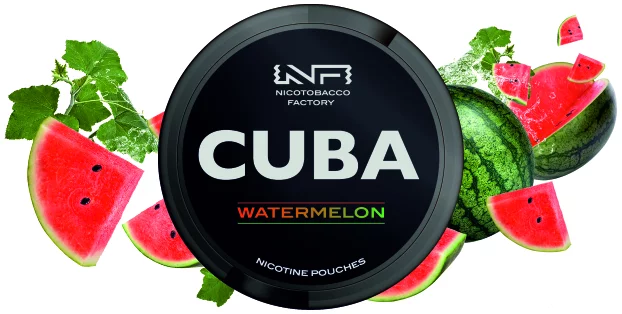Are nicotine pouches safe?
Driven by globalization and technological progress, people’s consumption concepts and health awareness are undergoing profound changes. In recent years, the new tobacco industry has emerged in this change, attracting the attention of many consumers with its unique smoking method and lower health risks. Among them, modern snus (nicotine bags) as a new type of tobacco is gradually becoming a track that major traditional tobacco giants are competing to lay out.
Snus, also known as lip tobacco, originated in France in the 16th century.
At that time, snus became a consumer product for the upper class in France, where people inhaled tobacco powder through their noses. This trend spread to Sweden in the 17th century and gradually evolved into the snus we know today. One of the original intentions of snus was to replace traditional cigarettes, so it is considered a harm reduction product. In Sweden, snus is called SNUS, and its use has penetrated into the folks and has become an effective way for local people to quit smoking.

Snus differs significantly from traditional cigarettes in many aspects
First, snus does not contain tobacco, but uses synthetic nicotine salt as the main ingredient, thus avoiding the harmful substances produced by tobacco combustion. This makes snus more harmless in nature. Secondly, snus does not need to be ignited, and nicotine can be absorbed through the oral mucosa, achieving a smoke-free and tar-free smoking experience. Finally, the smoking method of snus is more private and convenient, not restricted by the environment, and suitable for various occasions.
The way to smoke snus is simple and unique
Users only need to place the snus between their lips and teeth. Through the contact with the oral mucosa, the nicotine particles will gradually dissolve and be absorbed into the blood, thus satisfying the smoker’s need for nicotine. This smoking method avoids the smoke and tar produced by the burning of traditional cigarettes, thereby reducing damage to the lungs and the surrounding environment. At the same time, the smoking process of snus is slow and long-lasting, making the release of nicotine more stable, which helps to reduce the discomfort caused by excessive nicotine.
However, although snus performs well in reducing health risks, it is not completely harmless. Long-term chewing of tobacco may have a certain impact on oral health. There are many taste receptors and teeth in the mouth. Long-term chewing of tobacco may damage the taste buds and cause oral taste disorders. At the same time, the ingredients in chewing tobacco may damage the hard tissues of the teeth, gradually discolor the teeth and reduce the chewing function. In addition, chewing tobacco may also irritate the tongue mucosa and periodontal tissues, leading to problems such as inflammation and loose teeth. The salivary glands may also be stimulated, affecting saliva secretion and leading to uncomfortable symptoms such as dry mouth. Moreover, although snus reduces the intake of smoke and tar, nicotine itself still has certain negative effects on the human body.
The market for snus is growing rapidly, and its potential cannot be ignored. At present, the regulatory policies on snus in most countries and regions around the world are still unclear, which puts the snus market in a gray area, providing opportunities for major tobacco giants to layout and expand. However, as the snus market continues to expand, the need for its supervision and regulation is becoming increasingly urgent. The government should strengthen supervision of the snus market and formulate clear policies and regulations to ensure its healthy and orderly development.
For consumers, when choosing snus products, they should pay attention to factors such as product ingredients, nicotine content and taste.
First-time users are advised to choose products with lower nicotine content and mild taste to avoid discomfort caused by excessive nicotine or excessive taste stimulation. At the same time, it is also necessary to consider carefully that although snus may reduce the harm of tobacco to a certain extent, it cannot completely replace smoking cessation. Smokers who quit smoking also need to combine other methods, such as psychological counseling, drug treatment, etc., to achieve long-term smoking cessation goals. Consumers should maintain a rational consumption concept and not use snus as a substitute for smoking cessation, but as an option to reduce the harm of tobacco.
Its unique smoking method and low health risks have attracted the attention of many consumers. However, snus still has health risks and regulatory gaps, and consumers need to use it in moderation. With the continuous expansion of the market and the gradual improvement of regulatory policies, snus is expected to become the next new tobacco sub-category that will explode around the world after e-cigarettes, providing consumers with more healthy and convenient smoking options.


